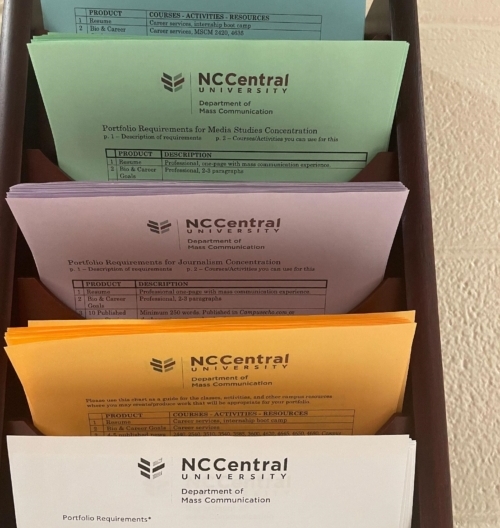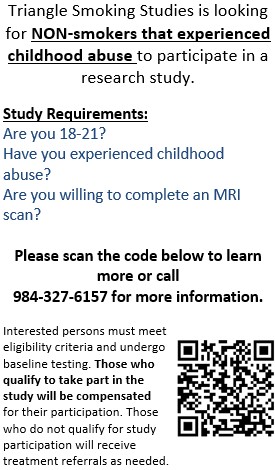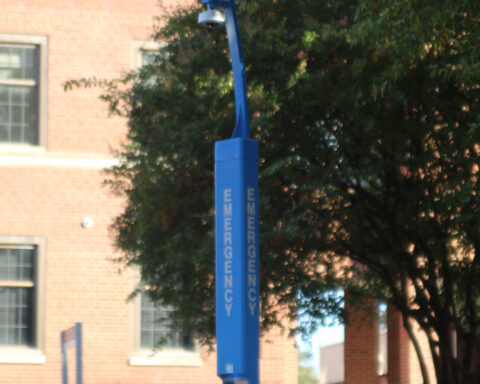In the middle of the spring 2022 semester, many mass communication students were surprised to learn about new portfolio requirements before they end their undergraduate careers.
The requirements were initially adopted in September of 2021.
For graduating seniors, the expectation is to give the portfolio a fair attempt. It will not delay or stop the graduation process.
Lisa Paulin, associate professor of mass communication, came into the classrooms to discuss the new requirements for all students in the department last month.
“First of all I don’t want people freaked out or scared,” Paulin said.
“We are here to support you and we are not trying to keep people from graduation or put up some blocks.”
Professors understand that while these requirements are much needed, it is still in the beginning phases.
Paulin met with students at 10:40 breaks to help students with the new requirements.
“[I can help] as long as people need me to,” she said.
“Looking at portfolios, helping students and giving advice.”
Department professors decided to make the requirements so students have material for today’s competitive job market upon graduation.
Michael Pierce, assistant professor for Broadcast Media, said having a portfolio is necessary for all professionals in the field.
“The portfolio is not something you are trying to get just to graduate,” Pierce said.
“This is something you will need when you are applying for jobs and hopefully it will be something over the years that you are updating with new stuff.”
Pierce said many of the items needed to fit the various criteria can be gained in classes.
“There should be enough opportunities for classes and internships to have all the work,” he said.
“Students shouldn’t be having to do too much outside production work to fulfill the requirements they just need to know early on to hold on to their stuff.”
In the future, the requirements will be more concrete as students will have preparation and resources to guide them along all four years.
While the importance of a portfolio was one of the biggest pushers for the new requirements, it has left graduating seniors with some stress.
Many students became formally aware of the portfolio in the middle of the semester from a March announcement via email.
Kimberly Moore, an adjunct professor, mentioned that students have come to her upset about the new requirements.
“I don’t think they may understand why it’s needed to have some kind of example of your work,” Moore said.
“You need to have something that differentiates you.”
Moore also said that it is beneficial to have a body of work like a portfolio – especially when students do not have any internships.
Students in the four concentrations — media studies, public relations, broadcast media and journalism — can find the requirements on the second floor of the Farrison-Newton communications building.
Story by Shanya Hayes














